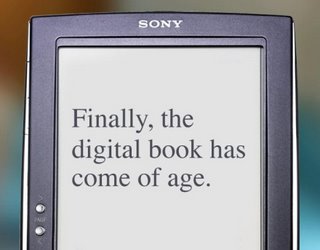According to a story posted
here by eSchool News-- a story which runs only slightly shy of being a press release-- there's a new alternative to attain 1:1 computing for US schools.
nComputing, a Korean company with operations around the world, has developed a hybrid hardware/software offering that allows the creation of up to 30 "thin client" terminals running from one server or computer. Delivering everything from data to power over cabled connections, the technology allows users to share centralized processing power and RAM, a solution that may take a performance hit on high-overhead applications like gaming, but according to the company, not on more routine school tasks like surfing the interwebs, word processing, e-mail, and basic productivity applications.

In the nComputing model, a monitor, keyboard, and mouse are hooked up to a small box that is cable-connected to a central computer. The "client" actually has no processor, RAM, or overhead of its' own. According to nComputing, costs for the boxes and software can be as low as $70 per seat, though it's likely that keyboards, monitors, and mice would not be included in that figure.
There was a demonstration of a thin-client setup at NECC; it might even have been nComputing. KSC/LSC actually played with the technology, putting it through some basic paces that might happen in a regular school setting. We surfed a little, ran a few web-based apps like Writely and Google Spreadsheets, picked up e-mail through gmail and Yahoo, and even watched a YouTube video. The video took a few minutes to load, but then played nearly flawlessly (*IF* you can call a YouTube video "flawless"). The concept, and at least the practical demo, seem to make a lot of sense.
nComputing says that most computers and their human users barely scratch the surface of chip/system capability for the most common tasks we use. Their theory is that several users can share those computing resources simultaneously and not take a significant performance hit. The clients don't even have software installed; it's all centralized on the single server or computer that's being shared. This makes for easy maintenance and updates, with lower costs to upgrade when the time comes, according to the company.
Whether or not distributed computing is "the next big thing," it's certainly an option to consider for institutional use, given the growing demand for 1:1 computing capability. Schools in Colorado and Idaho have already adopted nComputing solutions, and the company is counting on word of mouth to spread their success story around the nation and the world. But with the growing availability of web-based applications and productivity tools, it's a safe bet that distributed computing will at least get a second look from schools and organizations with high seat-count demands for low-overhead computing.
Cool, huh?
Read the full post here ...





